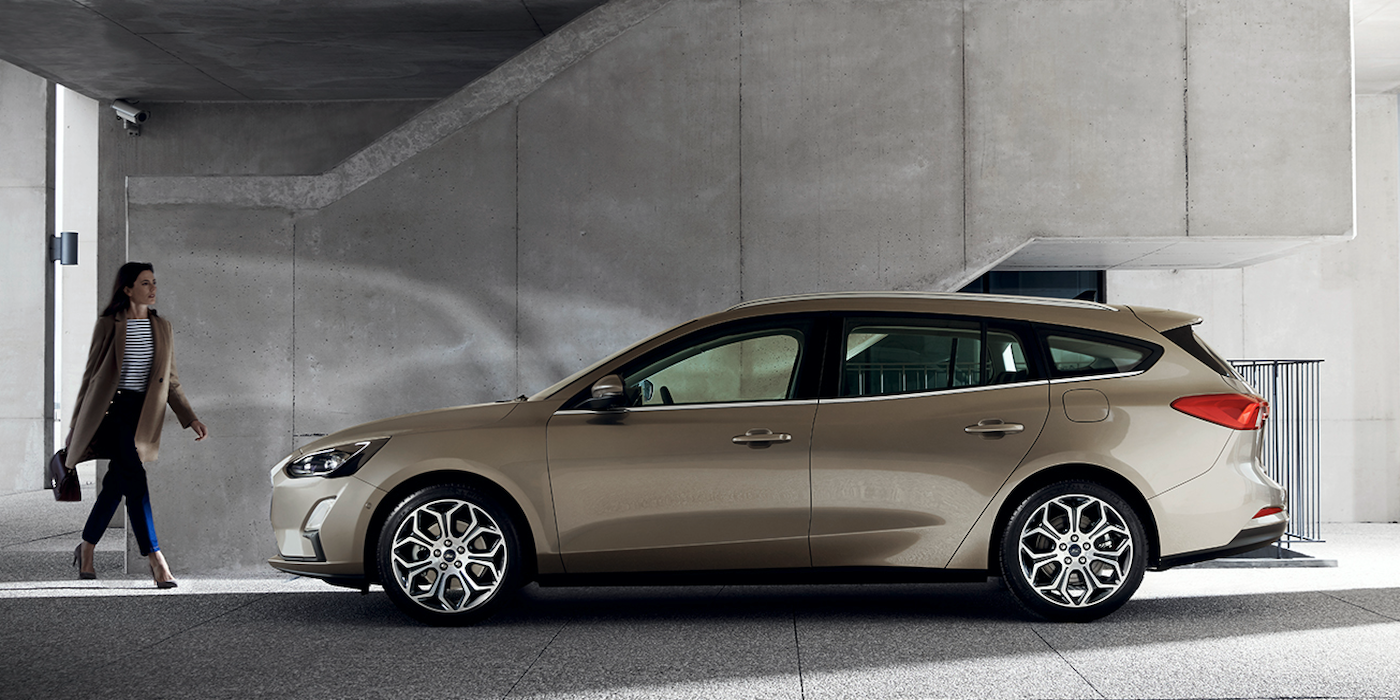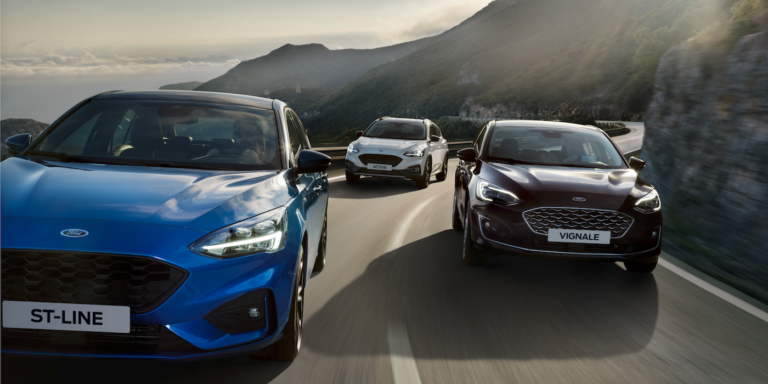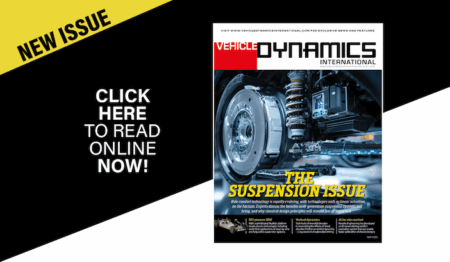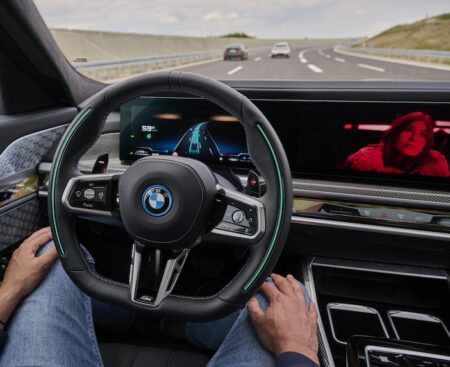When the Ford Focus launched in 1998 with an independent multi-link rear suspension, it set new standards in compact car dynamics, and has continued to be a dynamics benchmark over successive generations. 20 years on, the fourth-generation model has just been revealed, featuring an all-new chassis that works with advanced driving technologies so the model continues to be a rewarding drive, but with a little further refinement.
The 2018 Focus is the first Ford to be manufactured using the C2 platform which, combined with an all-new body structure, enabled the marque’s engineers to improve torsional rigidity by 20% compared with the previous-generation model, and to increase stiffness of individual suspension attachment points by up to 50%, reducing flex.
The stiffness of the rear structure is also enhanced using a method that was developed for the Focus RS whereby an extruded foam is inserted into the rear underbody cavity during the assembly process while wet, which then dries and expands under the heat of the paint-drying process to achieve 10% greater local lateral rigidity with minimal additional weight.
Comfort focus
The 2018 model features a new isolated subframe for the short long arm (SLA) independent rear suspension configuration with a view to achieving an optimal balance between front and rear compliance over larger bumps in the road, while smaller bumps are isolated and NVH improved by the multi-compound bushes which create different stiffness characteristics when stressed in different directions, thus separating the sub-frame from the body structure.
Of course the Focus must continue being a fun steer, so the force-vectoring spring technology from the latest model Fiesta ST has been carried over, as part of the lightweight twist-beam rear suspension configuration for the lighter 1.0-liter EcoBoost and 1.5-liter EcoBlue powertrains. The springs apply vectoring forces to the rear suspension, enabling cornering forces to travel directly into the spring for increased lateral stiffness.

Five-door models equipped with SLA suspension can also benefit from the first introduction of Ford’s CCD (Continuously Controlled Damping) technology on the Focus, which monitors suspension, body, steering and braking inputs every 2ms, and adjusts damping responses accordingly. The system can also detect the edge of potholes and adjust the damper to minimize wheel drop, thus minimizing the impact with the opposite side of the pothole. With the front wheels giving the rears a little more advance warning, the rear suspension can soften the blow further.
Dynamics technology
Drivers will feel the car through their hands, so a new column-mounted EPAS system and associated software have been designed to create a more responsive and engaging experience, with comfort enhanced by technology features including torque-steer compensation. The 2018 Focus also features a stability control system featuring torque vectoring control, which was created in-house to support’s Ford’s particular dynamics aims. A new electric brake booster (fitted to select models) builds brake pressure more quickly, reducing braking distances from 62mph (100km/h) by up to 1m, claims Ford, while also delivering a more confident and consistent pedal feel.
“Focus and a class-leading fun-to-drive experience go hand-in-hand, and we have no intention of letting any competitor steal that crown,” stated Helmut Reder, vehicle line director for the Focus program. “Our all-new chassis combined with sophisticated technologies like Drive Modes and Continuously Controlled Damping deliver the agility and responsiveness of a hot hatchback, with the refined ride of a large executive car.”





